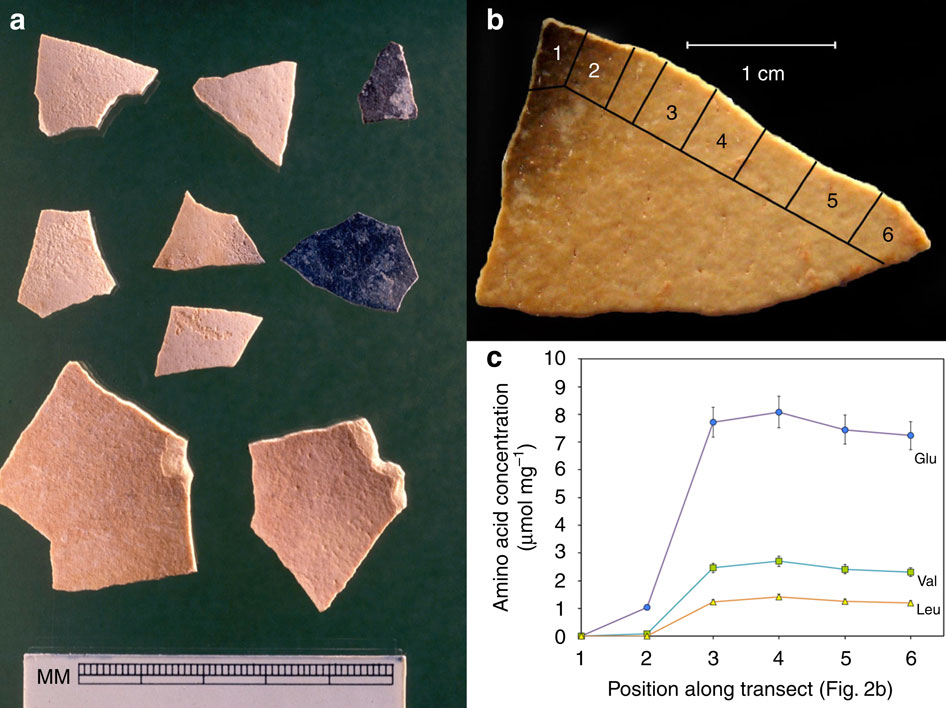Giant malleefowl on:
[Wikipedia]
[Google]
[Amazon]
''Progura'' is an extinct genus of
 Comparison of Australian megapodes showed that ''Progura'' was closely related to the living
Comparison of Australian megapodes showed that ''Progura'' was closely related to the living
megapode
The megapodes, also known as incubator birds or mound-builders, are stocky, medium-large, chicken-like birds with small heads and large feet in the family Megapodiidae. Their name literally means "large foot" and is a reference to the heavy legs ...
that was native to Australia. It was described from Plio-Pleistocene
The Plio-Pleistocene is an informally described geological pseudo-period, which begins about 5 million years ago (Mya) and, drawing forward, combines the time ranges of the formally defined Pliocene and Pleistocene epochs—marking from about 5&nb ...
deposits at the Darling Downs
The Darling Downs is a farming region on the western slopes of the Great Dividing Range in southern Queensland, Australia. The Downs are to the west of South East Queensland and are one of the major regions of Queensland. The name was general ...
and Chinchilla in southeastern Queensland
)
, nickname = Sunshine State
, image_map = Queensland in Australia.svg
, map_caption = Location of Queensland in Australia
, subdivision_type = Country
, subdivision_name = Australia
, established_title = Before federation
, establishe ...
by Charles De Vis.
Taxonomy
 Comparison of Australian megapodes showed that ''Progura'' was closely related to the living
Comparison of Australian megapodes showed that ''Progura'' was closely related to the living malleefowl
The malleefowl (''Leipoa ocellata'') is a stocky ground-dwelling Australian bird about the size of a domestic chicken (to which it is distantly related). It is notable for the large nesting mounds constructed by the males and lack of parental ca ...
(''Leipoa ocellata''), though the fossil species ''P. gallinacea'' was considerably larger than the living one. A second species, ''P. naracoortensis'', was described in 1974 by van Tets from deposits in the Naracoorte Caves of southeastern South Australia
South Australia (commonly abbreviated as SA) is a state in the southern central part of Australia. It covers some of the most arid parts of the country. With a total land area of , it is the fourth-largest of Australia's states and territories ...
with differing size and leg proportions. It was formerly considered a synonym of ''P. gallinacea'', on the grounds of sexual dimorphism
Sexual dimorphism is the condition where the sexes of the same animal and/or plant species exhibit different morphological characteristics, particularly characteristics not directly involved in reproduction. The condition occurs in most an ...
. However in a 2017 review of Cenozoic megapodes, ''P. naracoortensis'' was found to be distinct from ''P. gallinacea'' and therefore reassigned to the genus '' Latagallina''
In the 2017 review, a new second species, ''Progura campestris'' was created for Pleistocene material from the Nullarbor Plain
The Nullarbor Plain ( ; Latin: feminine of , 'no', and , 'tree') is part of the area of flat, almost treeless, arid or semi-arid country of southern Australia, located on the Great Australian Bight coast with the Great Victoria Desert to its ...
.
Description
Its weight was estimated by van Tets to vary from 4–7 kg (8-15 lb). The proportions of the long bones were similar to, though larger and more robust than, those of the malleefowl, and it had a relatively broader bill, head and body. The deepkeel
The keel is the bottom-most longitudinal structural element on a vessel. On some sailboats, it may have a hydrodynamic and counterbalancing purpose, as well. As the laying down of the keel is the initial step in the construction of a ship, in Br ...
on the sternum
The sternum or breastbone is a long flat bone located in the central part of the chest. It connects to the ribs via cartilage and forms the front of the rib cage, thus helping to protect the heart, lungs, and major blood vessels from injury. Sha ...
indicates that it was capable of flight.
Eggs
Eggs previously assigned to ''Genyornis
''Genyornis newtoni'', also known as thunder bird and mihirung paringmal (meaning "giant bird"), is an extinct species of large, flightless bird that lived in Australia during the Pleistocene epoch until around 50,000 years ago. Over two met ...
'' are now considered to have belonged to the giant malleefowl. Therefore, data on dromornithid
Dromornithidae, known as mihirungs and informally as thunder birds or demon ducks, were a clade of large, flightless Australian birds of the Oligocene through Pleistocene Epochs. All are now extinct. They were long classified in Struthioniformes, ...
diet and chronology can actually be ascribed to this bird, instead. It is believed that ''P. gallinacea'' buried its eggs in warm sand or soil.
References
Further reading
* * {{Taxonbar, from=Q5558387 Leipoa Extinct birds of Australia Birds described in 1888 Fossil taxa described in 1888 Pleistocene birds Pliocene birds